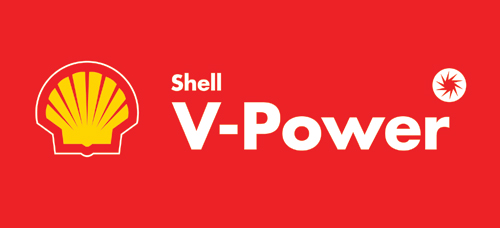Effective indirect expense management requires a variety of skills such as: Use merchandise management tools to analyze indirect material expenses. Identify critical path providers, including those that are the only source. Develop a list of indirect spend providers and codify purchases to determine spending patterns. Expenditure patterns should be subject to regular analysis and review of major suppliers. Without a product, there is no market – and therefore no need for an indirect purchase. Market-based direct procurement is perhaps the most strategic mode of procurement. Do a good job and your company is able to have a competitive advantage, increase its market share and increase its profits. Do a bad job, and your business wouldn`t be able to reach the minimum profit margin needed to stay in a market. This is a critical thing! In the current economic environment, it is no longer acceptable to do what you have always done, even if you do it very well. Under pressure to cut costs and get results despite difficult circumstances, you (and many other supply chain managers) need to transform your business instead of just improving it. This means that you adopt the philosophies, methods and processes that your company does «Best in Class».
It`s no surprise that first-class companies are in stock at the highest level. The «real» cost of stockpiling is often higher than the generally accepted 20 to 25%. Indeed, recent studies show that storage costs can represent up to 60% of the cost of an item maintained for 12 months. These results included holding costs for insurance, taxes, obsolescence and storage. There have been several cases where poor quality or even safety-critical objects have been purchased in this way, which can cause damage, injury, or even death. All configuration and provision of the item is lost, as knowledge is now up to the end user. It will be much better to have full lifecycle transparency, as end users often tend to turn or leave and take away the knowledge. While direct and indirect purchasing are circular processes necessary for an organization`s functionality, direct procurement is seen as a way to create profit margins and competitive advantages. Recognize the importance of indirect spending and close the perceived status gap by creating organizational importance for the commodities industry.
Some companies deal with the importance of indirect expenses with management positions and, in some cases, they are at the management level. In this area, put in place the right staff and managers. The path of yellow bricks to professional graduation often passes through the landscape of indirect expenses. Staff who are new or have recently been promoted are often assigned to indirect expense assets such as maintenance, repairs and equipment (MRO). These purchases were deemed inexpensive and small, so the newly branded buyer had coverage in case they made mistakes in the purchase or order. In many large organizations, the purchasing and delivery function is managed by a board of directors or other management position, such as a supply chain manager. [12] I fully understand the above description, but in most software applications, the order can be classified either as a direct charge or for an item in stock. A direct tax is debited upon receipt of the user`s budget, while a stored item is part of the company`s assets. Creating a centralized structure and indirect purchasing categories will improve efficiency and compliance and reduce costs, especially in service-oriented businesses, where indirect expenses are high. The Council can also help to remove the obstacles to success that exist within the Organization.
Every company has such barriers – usually individuals or organizations that don`t see or accept the value that a well-managed supply chain offers.


